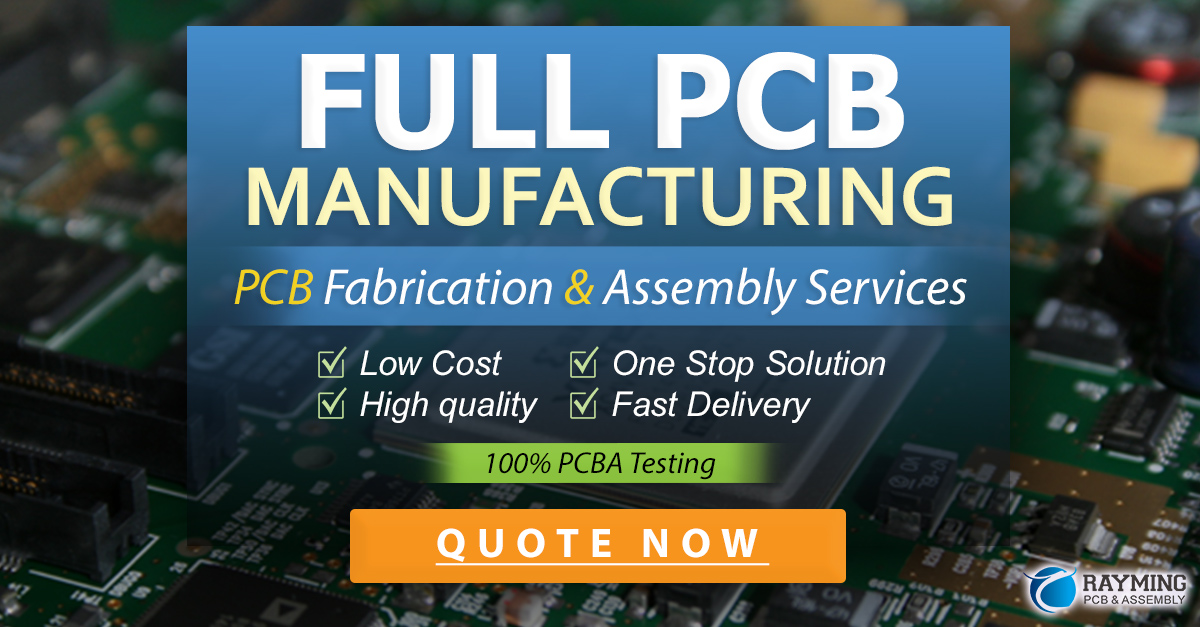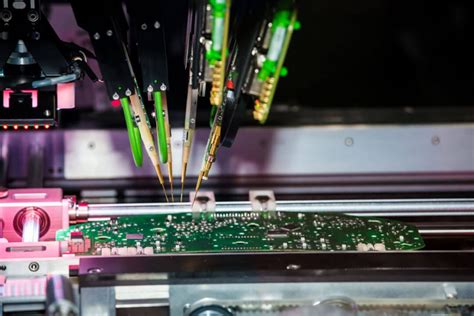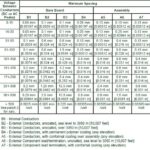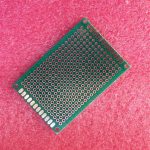What is Flying Probe Testing?
Flying Probe Testing is an automated testing method used to verify the electrical continuity, component placement, and circuit functionality of PCBAs. Unlike traditional Bed-of-Nails Testing, which requires a custom-built fixture, Flying Probe Testing utilizes mobile probes that can move freely across the surface of the PCB to perform various tests.
How Does Flying Probe Testing Work?
The Flying Probe Test system consists of several key components:
-
Probes: The system employs multiple probes, typically ranging from 4 to 8, which can move independently in the X, Y, and Z axes. These probes are designed to make precise contact with the test points on the PCB.
-
Cameras: High-resolution cameras are used to capture images of the PCB and identify the location of test points. This enables the probes to accurately navigate and contact the desired points on the board.
-
Software: Advanced software controls the movement of the probes and analyzes the test results. It compares the measured values against the expected values defined in the test program to determine whether the PCB passes or fails the test.
Advantages of Flying Probe Testing
Flying Probe Testing offers several advantages over traditional testing methods:
-
Flexibility: Flying Probe Testing does not require a custom-built fixture, making it ideal for low-volume production runs, prototype testing, and boards with frequent design changes.
-
Cost-effective: The absence of a custom fixture eliminates the associated costs and lead times, making Flying Probe Testing a cost-effective solution for many PCBA projects.
-
Increased test coverage: Flying Probe Testing can access test points that may be difficult or impossible to reach with a bed-of-nails fixture, resulting in higher test coverage and improved fault detection.
-
Quick setup: The setup time for Flying Probe Testing is significantly shorter compared to traditional testing methods, as it does not involve the design and fabrication of a custom fixture.
Flying Probe Test vs. ICT: A Comparison
Manufacturers often compare Flying Probe Testing with In-Circuit Testing (ICT) when deciding on the most suitable testing method for their PCBA projects. The following table highlights the key differences between these two testing approaches:
| Feature | Flying Probe Test | In-Circuit Test (ICT) |
|---|---|---|
| Fixture requirement | No custom fixture required | Custom bed-of-nails fixture required |
| Test coverage | High, can access difficult-to-reach points | High, but limited by fixture design |
| Setup time | Short, no fixture design and fabrication | Longer, due to fixture development |
| Cost | Lower for low-volume and prototype runs | Higher, due to custom fixture costs |
| Test speed | Slower, as probes move between test points | Faster, as all points are tested simultaneously |
| Design changes | Easily accommodated | Requires fixture modification |
The choice between Flying Probe Testing and ICT depends on factors such as production volume, board complexity, and the frequency of design changes.
Implementing Flying Probe Testing in the PCBA Process
To successfully implement Flying Probe Testing in the PCBA Manufacturing process, consider the following steps:
-
Test point design: Ensure that the PCB design includes adequate test points that are accessible by the Flying Probe Test system. Work with your design team to incorporate test points that provide optimal coverage.
-
Test program development: Create a comprehensive test program that defines the test points, expected values, and test sequences. This program will be used by the Flying Probe Test system to execute the tests accurately.
-
System setup: Configure the Flying Probe Test system according to the specific requirements of your PCBA. This includes setting up the probes, cameras, and software parameters to ensure accurate and reliable testing.
-
Operator training: Train your operators on the proper use of the Flying Probe Test system, including loading and unloading PCBs, running test programs, and interpreting test results.
-
Data analysis and reporting: Establish a process for analyzing test data and generating reports that provide valuable insights into the quality and performance of your PCBAs. Use this information to drive continuous improvement in your manufacturing process.

Frequently Asked Questions (FAQ)
-
Q: How long does it take to set up a Flying Probe Test for a new PCBA?
A: The setup time for a Flying Probe Test is relatively short, as it does not require the design and fabrication of a custom fixture. Typically, the setup process involves creating a test program and configuring the system, which can be completed in a matter of hours or a few days, depending on the complexity of the PCBA. -
Q: Can Flying Probe Testing detect all types of faults on a PCBA?
A: Flying Probe Testing is highly effective in detecting a wide range of faults, including open circuits, short circuits, component failures, and incorrect component placement. However, it may not be able to detect some types of faults, such as those related to mechanical stress or thermal issues. -
Q: Is Flying Probe Testing suitable for high-volume production?
A: While Flying Probe Testing is ideal for low-volume production runs and prototype testing, it may not be the most efficient option for high-volume production. In such cases, In-Circuit Testing (ICT) with a custom bed-of-nails fixture may be more suitable, as it can test multiple points simultaneously, resulting in faster test times. -
Q: Can Flying Probe Testing be used for both bare boards and assembled PCBAs?
A: Yes, Flying Probe Testing can be used to test both bare printed circuit boards (PCBs) and fully assembled PCBAs. In the case of bare boards, Flying Probe Testing can verify the continuity and isolation of traces, while for assembled PCBAs, it can test for component placement, functionality, and electrical continuity. -
Q: How does Flying Probe Testing compare to other testing methods in terms of cost?
A: The cost of Flying Probe Testing is generally lower than that of In-Circuit Testing (ICT) for low-volume production runs and prototype testing, as it eliminates the need for a custom bed-of-nails fixture. However, for high-volume production, the cost of Flying Probe Testing may be higher due to the slower test speeds compared to ICT.
Conclusion
Flying Probe Testing is a powerful and flexible method for ensuring the quality and functionality of PCBAs. Its ability to test boards without the need for custom fixtures, combined with its high test coverage and quick setup times, makes it an attractive option for many PCBA projects. By understanding the principles of Flying Probe Testing and implementing it effectively in your manufacturing process, you can improve the reliability of your PCBAs, reduce costs, and accelerate time-to-market.
As the electronics industry continues to evolve, with increasingly complex designs and shorter product life cycles, the importance of efficient and reliable testing methods like Flying Probe Testing will only continue to grow. By staying informed about the latest developments in PCBA Testing and adopting best practices in your manufacturing process, you can position your organization for success in this dynamic and competitive landscape.






Leave a Reply